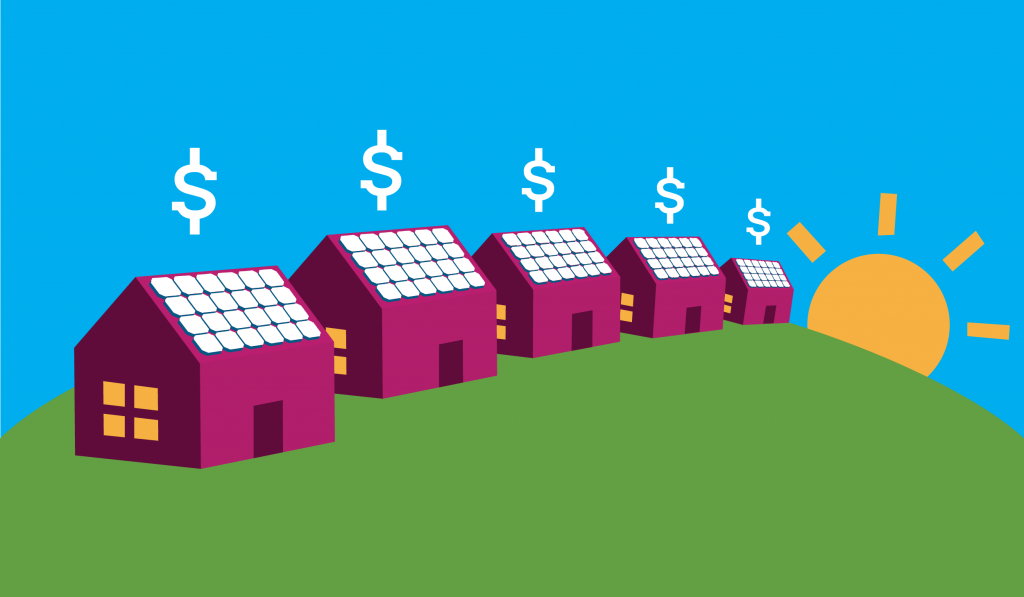Manonthestreet
Diamond Member
- May 20, 2014
- 34,639
- 22,848
- 1,945
Reuters) - An innovative, government-sponsored program aimed at funding energy-saving home improvements has drawn praise from powerful supporters, including President Obama. But complaints from a growing number of homeowners, lenders and realtors in California suggest the financing is making homes more difficult to sell and disrupting the mortgage market. Green financing has hobbled home sales in California
I think the flaw here was not recognizing the homeowner would be able to sell the house for more thus recouping some or all of his investment besides the savings generated by the project, trying to profit twice.
I think the flaw here was not recognizing the homeowner would be able to sell the house for more thus recouping some or all of his investment besides the savings generated by the project, trying to profit twice.

